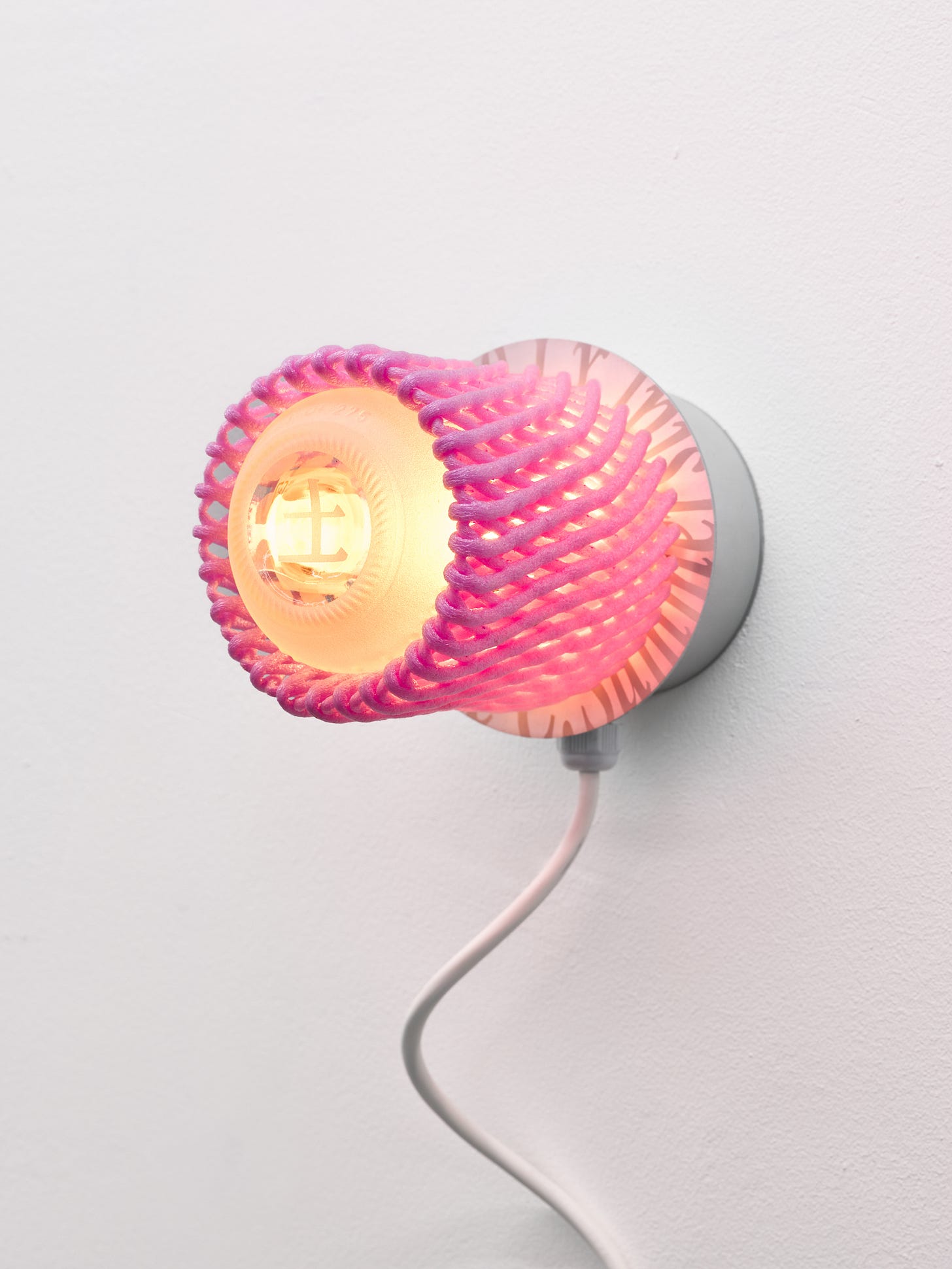Below the Common E2 in Bethnal Green lies a carefully considered but quite minute space, offering a programme of exhibitions and adjacent events. Consistent readers of this newsletter will know how I actively and enthusiastically search out third places in my everyday life. It’s no surprise that I was drawn to Commonage Projects, a gallery coexisting with the cafe upstairs and the architecture studio Common Ground Workshop.
In my opinion, this is the perfect place for Anna Gonzalez Noguchi to exhibit her current work. Lc. Galaxy x 94 comprises of small but infinitely precise artworks, a deft and masterful use of magazine cuttings and various mixed media. In the compact space, I can focus on the complicated technique behind each piece, admiring clean edges and perfectly measured millimetres.
Anna Gonzalez Noguchi is an artist of Spanish and Japanese descent. In her work, she deconstructs tangible materials from her memories and heritage to represent her cross-cultural identity. An opening in the ceiling peeks out from the cafe above. Low conversation from tables wanders down with the hanging plants through the crevice. These plants mimic a pattern that appears throughout Gonzalez Noguchi’s works: orchids blooming in repetition through paper clippings from her grandparent’s gardening magazines.
The organic fluidity of the flowers that the artist favours evokes an ephemeral note in what is otherwise a series of works that play to an almost mathematical tune. Each piece is appealing aesthetically for both its beauty and its construction. The typography, crisp lines, and careful usage of Japanese graphics is put in striking contrast to the natural images underneath. In splicing our view of the reference material, Gonzalez Noguchi manipulates the viewer into seeing separate cultural elements within one larger picture.
Anna Gonzalez Noguchi (2025) Time Stamp- Kamidama. Photo: Reinis Lismanis.
Even with choices such as aluminium and scrupulous line work, there is a warmth that permeates through this exhibition. For each colder item, there is one softer one in return. The artist arranges a polaroid and buttons before a velvety background of tea towel in Hisa Lady (2025). On each side, the artwork is flanked by repurposed jars containing glowing yellow and pink lights. The room seems to bask in these items’ warm glow. Hugging the jars are two foam nets, used in Japan to protect valuable fruits that may be used as gifts.
As I looked at the artworks, two other people entered the space, and discussed quietly between themselves. “It’s so nice to see something like this without doing too much heavy work. Uncomplicated.” The first said. The second agreed.
Anna Gonzalez Noguchi (2025) 土- Jar Light. Photo: Reinis Lismanis.
I don’t think this comment was in relation to the difficulty or complexity of the works that the three of us were looking at. Most of the transnational artists that I write about create beautiful, but often very sad works. It is refreshing to find a show that focused on the positive aspects of diasporic experience as well, showing the dance between different cultures, their similarities and differences, and the pull and push against the ebb of life. Short and sweet, but rife with intricate detail, there was a soft touch to Lc. Galaxy x 94 that entranced me and left me feeling like I was walking in the footsteps of someone else for a little while.
*Images courtesy of Commonage Projects, London.






